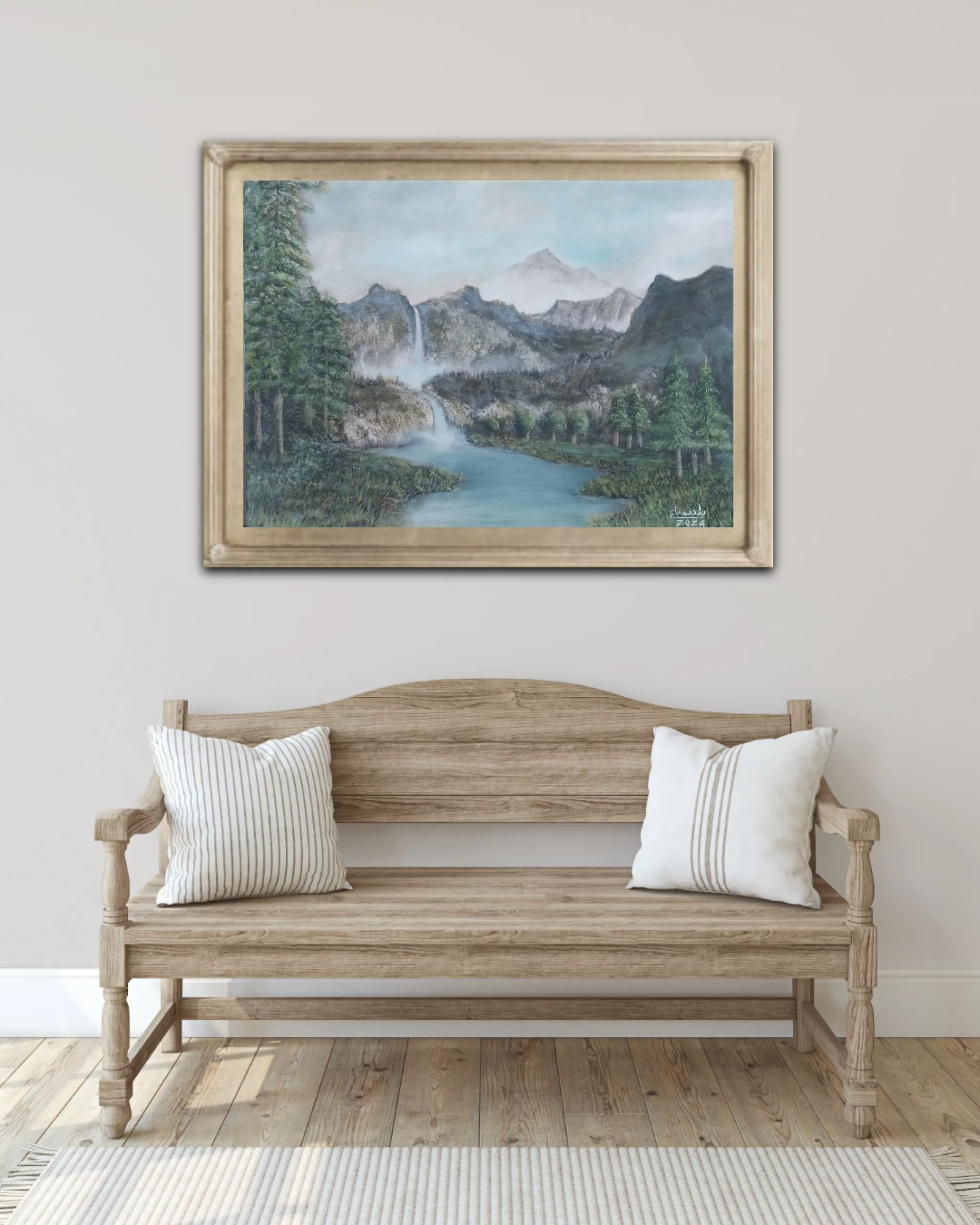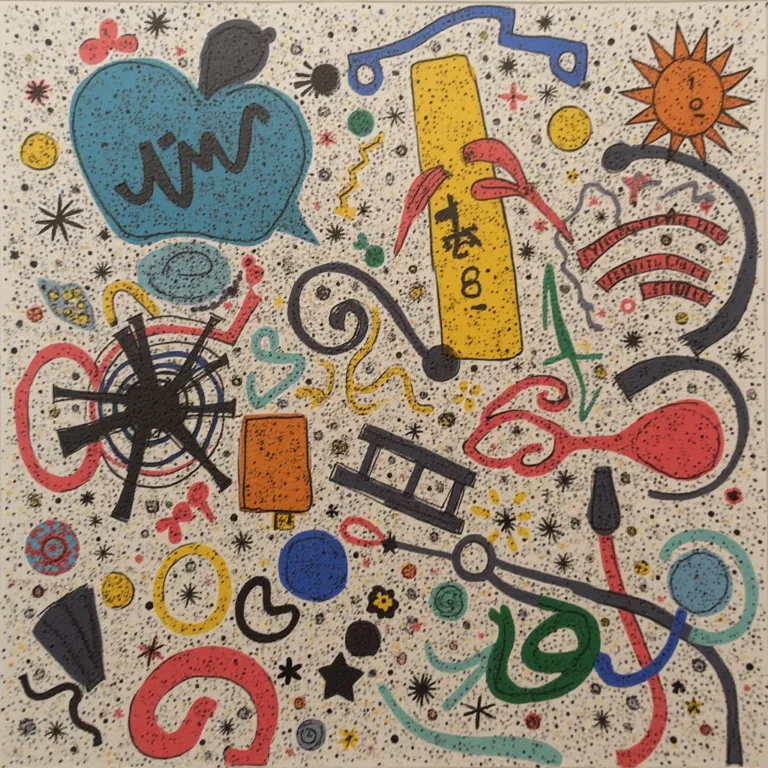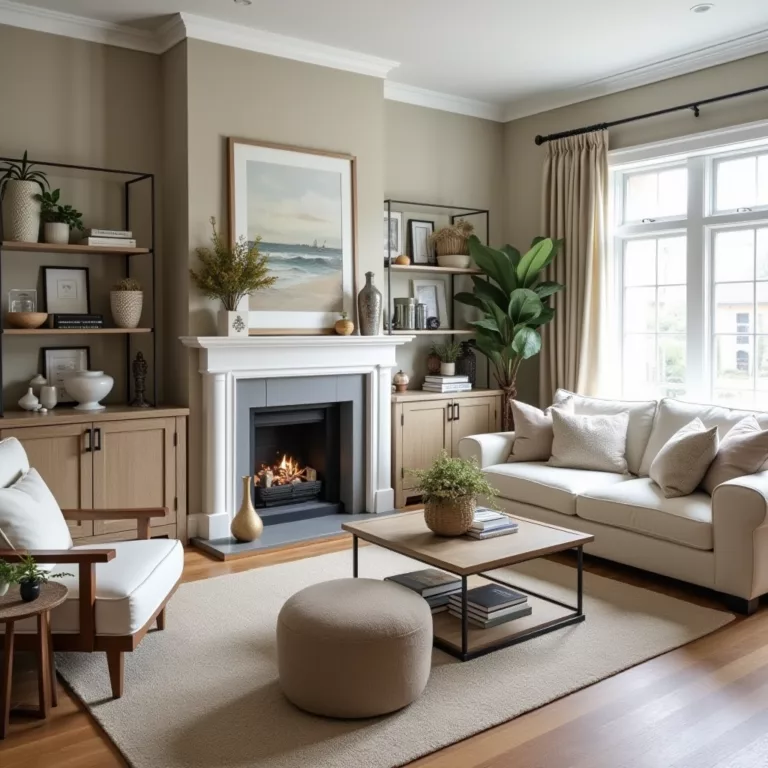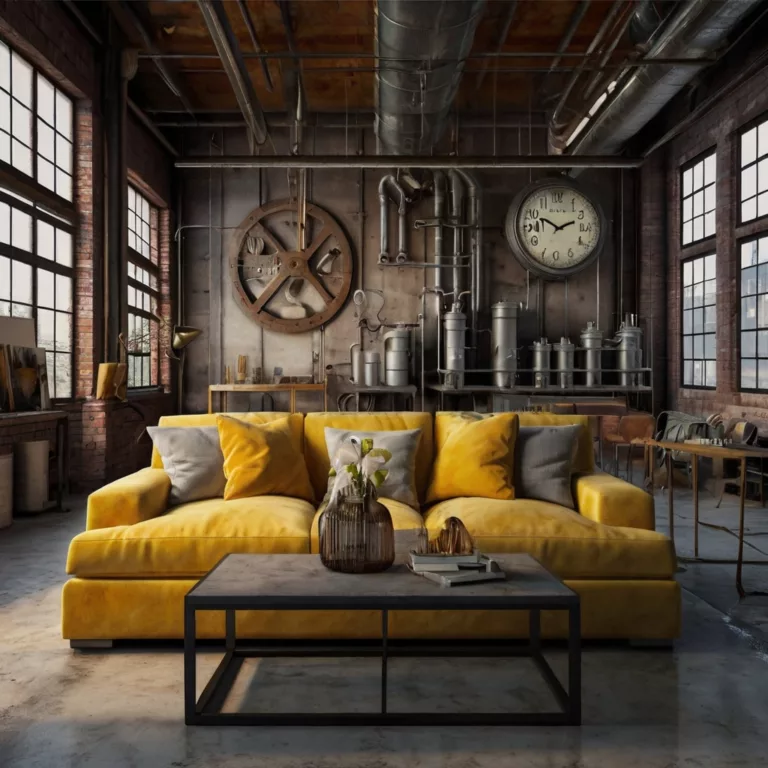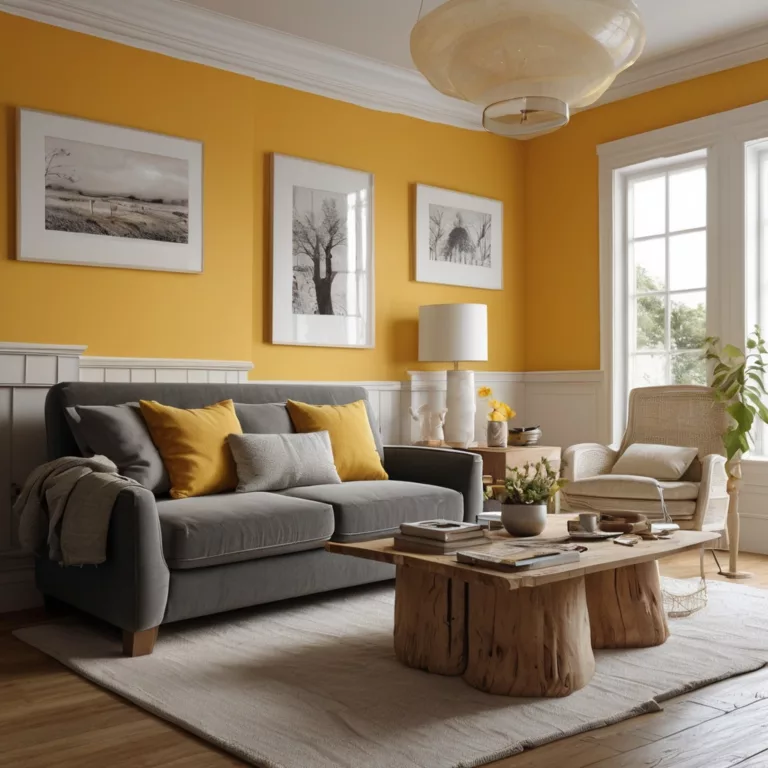Minimalist Wall Transformations
In the ever-evolving world of interior design, minimalist wall transformations have emerged as a powerful approach to creating spaces that feel both sophisticated and serene. Far from being simply “empty” or “plain,” thoughtfully executed minimalist walls communicate intentionality, refinement, and a deep appreciation for the principle that sometimes less truly is more. This comprehensive exploration delves into the art and science of minimalist wall design—revealing how this approach can dramatically transform living spaces while honoring both aesthetic principles and personal expression.
The Philosophy and Psychology of Minimalist Wall Design
The Essence of Minimalist Aesthetics
Minimalism originated as an art movement in the 1950s and 60s, characterized by extreme simplicity of form and a focus on the essential. When applied to wall design, this philosophy translates into spaces that prioritize quality over quantity, thoughtful curation over collection, and intentional design choices over happenstance decoration. At its core, minimalist wall design seeks to eliminate visual noise while amplifying the impact of carefully selected elements.
The Psychological Benefits of Visual Simplicity
Research in environmental psychology suggests that visually simplified spaces can significantly reduce cognitive load and mental fatigue. Walls that embrace minimalist principles create a sense of order that can:
- Lower stress levels by reducing visual stimulation
- Improve focus and concentration by limiting distractions
- Create a sense of spaciousness even in smaller rooms
- Promote mindfulness by encouraging appreciation of fewer, more meaningful elements
- Facilitate mental clarity through environmental simplicity
This scientific underpinning explains why minimalist wall treatments often elicit feelings of calm, relief, and renewed mental energy—making this approach particularly valuable in our stimulation-saturated modern world.
Foundational Elements of Minimalist Wall Transformations
The Strategic Use of Color
Monochromatic Mastery
The color palette forms the foundation of any minimalist wall transformation. While white remains the quintessential minimalist choice for its light-reflecting properties and sense of expansiveness, contemporary minimalism embraces a broader spectrum of options:
- Whites and neutrals: From warm ivory to cool alabaster, subtle variations create depth without complexity
- Soft monochromes: Pale grays, gentle taupes, and muted sage tones offer alternatives that maintain minimalist principles while adding subtle dimension
- Dramatic darks: Deep charcoals, navy blues, and even blacks can create striking minimalist backdrops when balanced with appropriately scaled elements
The key lies not in the specific color chosen but in the restrained application—typically limiting walls to a single hue or closely related tonal variations that create subtle depth without visual complexity.
Intentional Color Blocking
More advanced minimalist wall designs might incorporate color blocking—using geometric sections of contrasting colors to create architectural interest without additional decorative elements. This technique:
- Creates visual structure through color alone
- Defines functional zones within a space
- Adds visual interest while maintaining minimalist principles
- Serves as an artistic statement in itself
Texture as a Subtle Design Element
While minimalist walls often appear visually simple, tactile complexity can add significant dimension without compromising minimalist principles:
- Plaster techniques: Venetian plaster, tadelakt, or simple hand-troweled finishes create subtle variations that catch light differently throughout the day
- Concrete finishes: Industrial-inspired surfaces offer textural interest while maintaining clean minimalist lines
- Natural materials: Exposed stone sections or reclaimed wood panels introduce organic texture while honoring minimalist values of authenticity and materiality
- Textural paint applications: Techniques like lime washing or subtle suede finishes add dimension without pattern
These applications work particularly well in minimalist settings because they add richness without busy visual patterns, creating spaces that feel simultaneously simple and sophisticated.
The Art of Negative Space
Reframing Emptiness as Intention
Perhaps the most misunderstood aspect of minimalist wall design is the deliberate use of negative space—the empty areas between and around objects. In minimalist design, these spaces aren’t simply “unfilled” but are actively curated elements that:
- Allow the eye to rest between focal points
- Create breathing room that highlights selected pieces
- Establish rhythm and balance in the overall composition
- Prevent visual overwhelm and sensory fatigue
Learning to value and work with negative space represents the fundamental shift in thinking required to master minimalist wall design. This approach treats emptiness not as absence but as presence—a positive design element worthy of the same consideration as physical objects.
The Golden Ratio in Minimalist Spacing
Many successful minimalist wall arrangements intuitively follow the mathematical principles of the golden ratio (approximately 1:1.618), a proportion found throughout nature and classical architecture. This ratio can guide decisions about:
- The proportion of filled versus empty wall space
- The relationship between the size of wall elements and their surrounding negative space
- The positioning of key focal points along invisible grid lines
While strict mathematical calculation isn’t necessary, understanding this principle helps explain why certain minimalist arrangements feel inherently harmonious while others seem imbalanced despite their simplicity.
Curating Wall Elements with Minimalist Precision
Statement Art Selection
In minimalist wall design, each piece carries significant visual weight and responsibility. When selecting statement art:
- Scale becomes paramount: Larger, more impactful pieces often work better than multiple smaller works
- Subject matter matters: Simpler compositions with focused themes typically integrate better into minimalist spaces
- Framing choices influence integration: Slim, unobtrusive frames or frameless mounting methods preserve minimalist integrity
- Emotional resonance takes priority: Each piece should evoke genuine response rather than simply filling space
The most successful minimalist art selections often feature compositions with strong negative space of their own, creating a visual dialogue with the surrounding wall.
Beyond Traditional Artwork
Minimalist wall transformations frequently incorporate elements beyond conventional framed pieces:
- Sculptural installations: Three-dimensional pieces that cast evolving shadows throughout the day
- Textile art: Simple woven pieces or natural fiber hangings that add texture without pattern
- Architectural elements: Floating shelves, recessed niches, or built-in features that create interest through structure rather than decoration
- Light as art: Fixtures that create dramatic light patterns or wash walls with subtle gradients
- Functional objects as display: Beautifully designed everyday items elevated to art status through thoughtful presentation
These alternatives often succeed in minimalist contexts precisely because they break free from the conventional expectation of “pictures on walls” while maintaining clean lines and intentional presence.
Technical Considerations for Flawless Execution
Wall Preparation Excellence
The simplified nature of minimalist walls means surface imperfections become more noticeable, making proper preparation essential:
- Surface perfection: Thorough patching, sanding, and priming creates the flawless canvas minimalist designs require
- Lighting considerations: Testing how different lighting conditions affect the wall throughout the day prevents unexpected shadows or glare
- Material compatibility: Ensuring all products work together prevents future issues with adhesion or discoloration
- Edge precision: Crisp transitions between colors or materials reinforce the intentional nature of minimalist design
This attention to technical detail supports the overall impression of thoughtful precision that defines successful minimalist spaces.
Installation Precision
The reduced number of elements in minimalist design places greater importance on perfect placement:
- Professional-level hanging: Ensuring perfectly level installation and secure mounting
- Hidden hardware: Using concealed mounting systems that preserve clean lines
- Consistent spacing: Maintaining mathematically precise distances between multiple elements
- Viewing angle assessment: Considering how elements appear from different positions within the room
These technical considerations might seem excessive, but they’re essential to achieving the refined aesthetic that distinguishes truly successful minimalist wall transformations.
Room-Specific Minimalist Wall Strategies
Living Spaces: Creating Calm Focal Points
Living rooms present unique challenges for minimalist wall design, as they typically serve multiple functions and accommodate various activities. Successful approaches include:
- Conversation-oriented arrangements: Positioning key wall elements to facilitate natural gathering rather than dominate attention
- Media integration solutions: Thoughtfully incorporating technology while maintaining minimalist principles
- Flexible display systems: Simple track systems or ledges that allow seasonal rotation of displayed items without creating additional wall penetrations
- Architectural enhancement: Using minimalist wall treatments to highlight existing architectural features like fireplaces or windows
These strategies create living spaces that feel both welcoming and visually restful—offering respite from the visual chaos often encountered outside the home.
Bedrooms: Sanctuaries of Simplified Serenity
Bedroom walls particularly benefit from minimalist treatment, as visual simplicity supports the room’s primary function of rest and recovery:
- Headboard alternatives: Using wall treatments like partial wood paneling or color blocking to define the bed area without additional furniture
- Intimate scale considerations: Adjusting the size and placement of wall elements to be appreciated from a reclined position
- Circadian-supporting choices: Selecting colors and textures that promote relaxation and transition to sleep
- Personal meaning focus: Limiting displayed items to those with significant emotional resonance rather than decorative function
These approaches create bedroom environments that genuinely support restoration rather than simply looking stylish.
Work Spaces: Concentration-Enhancing Minimalism
Home offices and work areas benefit tremendously from minimalist wall treatments that support focus and productivity:
- Inspiration without distraction: Carefully curating wall elements that stimulate creativity without overwhelming attention
- Functional integration: Incorporating organizational systems that maintain visual simplicity while supporting practical needs
- Video conference considerations: Creating appropriate minimalist backdrops for professional virtual interactions
- Adaptable display systems: Implementing flexible solutions that accommodate changing project needs while preserving minimalist aesthetics
These strategies transform work areas into environments that genuinely enhance cognitive function through thoughtful restraint.
Entryways: First Impression Minimalism
Entry areas offer perfect opportunities for impactful minimalist statements that set the tone for the entire home:
- Transition zone psychology: Using minimalist wall treatments to create a sense of boundary between external chaos and internal calm
- Practical simplicity: Integrating essential functions like key storage within minimalist design parameters
- Compression and release: Playing with scale and proportion to create subtle dramatic effects upon entry
- Identity expression: Introducing elements that communicate the home’s character without overwhelming visitors
These approaches transform typically overlooked transitional spaces into powerful statements of intentional design.
Personalizing Minimalist Walls Without Compromising Principles
Finding the Balance Point
Perhaps the greatest challenge in minimalist wall design lies in maintaining personal expression while honoring minimalist principles. Successful personalization strategies include:
- Depth through curation: Selecting fewer items with deeper personal significance rather than many with surface-level appeal
- Rotation systems: Creating simple methods for seasonally changing displayed items without accumulating wall damage
- Material authenticity: Choosing elements that reflect genuine personal values rather than following minimalist trends
- Contrast through selective maximalism: Designating specific areas for more expressive design while maintaining minimalist principles elsewhere
This balanced approach creates homes that feel both serene and deeply personal—spaces that tell authentic stories without visual overwhelm.
Growth and Evolution in Minimalist Design
Truly successful minimalist wall transformations accommodate change and evolution:
- Adaptable gallery systems: Installing unobtrusive track or rail systems that permit rearrangement without additional wall damage
- Foundational neutrality: Creating base wall treatments that can accommodate evolving personal taste
- Editing protocols: Establishing regular practices for reassessing wall elements and removing those that no longer serve
- Documentation methods: Photographing particularly successful arrangements to reference when making changes
These forward-thinking approaches ensure minimalist walls remain relevant and meaningful as life circumstances and personal tastes evolve.
The Transformative Impact of Minimalist Wall Design
Beyond Aesthetics: The Lived Experience
The most compelling reason to consider minimalist wall transformations lies not in their photogenic quality but in their profound impact on daily life. Well-executed minimalist walls:
- Create spaces that actively reduce rather than contribute to mental fatigue
- Establish environments that support presence and mindfulness
- Offer visual respite from the overwhelming stimulation of contemporary life
- Cultivate appreciation for quality, craftsmanship, and intentionality
- Provide flexible foundations that evolve alongside changing life circumstances
This functional impact—the way minimalist walls make people feel and function within their spaces—represents their true value beyond mere visual appeal.
The Sustainable Aspect of Minimalism
In an era of increasing environmental awareness, minimalist wall design offers sustainable benefits:
- Reduced resource consumption through selective acquisition
- Decreased waste through quality-focused purchasing decisions
- Lower chemical exposure through simplified material palettes
- Extended relevance through trend-resistant design principles
- Adaptability that accommodates changing needs without major renovation
These factors make minimalist wall transformations not just aesthetically compelling but environmentally responsible.
Conclusion: The Artful Science of Minimalist Walls
Minimalist wall transformations represent far more than a passing interior design trend. At their best, they embody a thoughtful approach to creating living environments that actively support wellbeing through visual simplicity, intentional curation, and respect for negative space. By understanding both the philosophical underpinnings and practical execution of minimalist wall design, homeowners can create spaces that feel simultaneously peaceful and expressive—environments that serve as genuine sanctuaries from visual chaos while still reflecting authentic personal identity.
Art11deco

